Benchmarks
AIDA64 Extreme Edition is a Windows benchmarking software which provides a wide range of feature tests to show the performance capacity of each system component for comparison to other systems. It has unique capabilities to assess the performance of the processor, system memory, and disk drives. For our purposes today, AIDA64 is able to test the limits of the CPU with a collection of tasks such as AES data encryption and Hash generation which gives us performance based on numbers. These numbers allow us to compare the performance of the Zacate CPU. The 5 CPU tests provided in AIDA64 are Queen, PhotoWorxx, ZLib, AES, and Hash.
CPU Queen focuses on a chess related problem, solutions for the classic “Queens problem” on a 10 by 10 chessboard, using integer MMX, SSE2 and SSSE3 optimizations and focuses on the branch prediction capabilities and the bad prediction penalties of the CPU. A CPU with the shorter pipeline and smaller amount of bad predictions will score higher. Basically this test is a number crunching math problem for the CPU.
CPU PhotoWorxx performs the following tasks on a very large RGB image: fill, flip, rotate left, rotate right, random color fill, color to b&w, difference, and crop. These are common tasks used during digital photo processing. This benchmark stresses the integer arithmetic and multiplication execution units of the CPU and also the memory subsystem.
CPU ZLib is an integer benchmark which measures combined CPU and memory subsystem performance through the public ZLib compression library, a software library used for data compression.
CPU AES is an integer benchmark measuring CPU performance using AES (Rijndael) data encryption. The 2500K should perform extremely well in this test due to hardware support and the New AES instruction set available in the Intel Core processors family.
CPU Hash is another integer benchmark measuring CPU performance using the SHA1 hashing algorithm. The code behind this benchmark method is written in Assembly, and it is optimized for every popular AMD, Intel and VIA processor core variants by utilizing the appropriate MMX, MMX+/SSE, SSE2, SSSE3, or AVX instruction set extension. In this benchmark every thread is working on independent 8 KB data blocks, and the MMX, SSE2 and SSSE3 optimized calculation routines implement the latest vectorization idea of Intel.
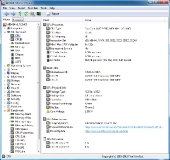 AIDA64 provides an overview of the system components
AIDA64 provides an overview of the system components
AIDA64 CPU Benchmarks
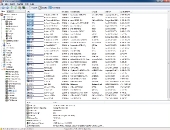 |
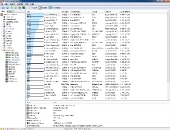 |
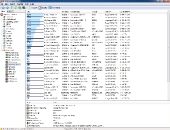 |
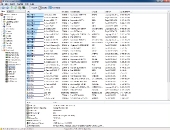 |
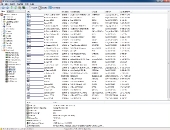 |
|
The 1.6GHz Dual Core E350 processor has similar performance to the older Pentium and Athlon series desktop CPUs. This is not a poorly performing processor when you put these comparisons into context. The APU is designed to deliver enough horsepower to perform 1 or 2 simultaneous tasks well, deliver improved graphics quality, all whilst using the least amount of power possible. Overall the E350 does a good job of keeping up considering the low power consumption design of the platform.
AIDA64 FPU Benchmarks
The FPU Benchmarks are designed to show the performance of the FPU which is responsible for floating point unit math operations in a system. Typical operations are addition, subtraction, multiplication, division, and square root. The faster a system can perform basic math operations the better the overall performance.
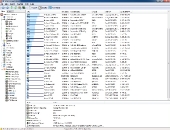 |
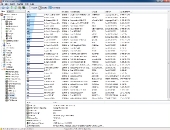 |
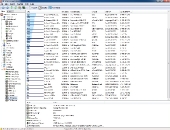 |
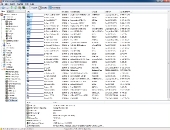 |
Again the AMD Fusion platform rises to the occasion whilst maintaining a conservation power consumption. There is more than enough computational power in the bobcat to perform web browsing, video playback, office programs, etc.
AIDA64 Memory Benchmarks
For the purposes of a thorough review it is necessary to highlight the single channel memory SODIMMS used by the Jetway NC85-E350-LF. It is a shame that the platform does not implement dual channel memory support but that would also increase the cost and may not provide a huge improvement performance-wise as this is a low power APU design.
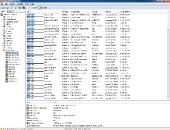 |
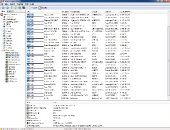 |
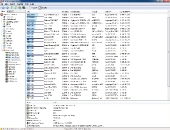 |
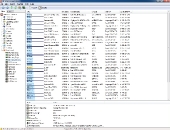 |
As you may see the system is able to leverage decent performance from the system RAM to keep up and perform smoothly.
Follow on as we put this AMD Fusion Motherboard through PassMark PerformanceText v7…
